Mansujang (만수장)
6.0Km 5323 2021-09-29
874, Gwangneungsumogwon-ro, Pocheon-si, Gyeonggi-do
+82-31-543-7897
Opened in 1998, Mansujang is located near the beautiful National Arboretum, Gwangneung, and Bonseonsa Temple on the perimeter of Gyeonggi-do. This traditional Chinese restaurant owned by a second-generation Chinese-Korean is a great place to hold family and birthday parties because hearty dishes are served at very reasonable prices.
Korea National Arboretum and Forest Museum (Gwangneung Forest) (국립수목원 (광릉숲))
6.2Km 43274 2020-12-18
415, Gwangneungsumogwon-ro, Pocheon-si, Gyeonggi-do
+82-31-540-2000
The Korea National Arboretum (KNA) is situated in Gwangneung Experimental Forest and contains the Forest Museum where all the information on forestry is exhibited. The construction of the arboretum and museum took place on October 25, 1985 and opened on April 5, 1987. In order to preserve the forests, weekends and holiday entrance were restricted, reservations were required 5 days in advance, and no more than 5,000 visitors were accepted per day. As diverse plants are gaining recognition worldwide, the research department formed the Office of Forestry on May 24, 1999.
Korea National Arboretum covers an area of 1,157㏊ and contains 15 specialized forests, including Conifer Garden, the Garden of Ornamental Trees, and the Aroma and Touch Garden. The Forest Museum is the largest in Asia, covering 4628 sq.m² with a traditional Korean design, and the interior and exterior are both constructed of wood and stone. The arboretum facilities consist of 5 exhibition halls (Living Forest, Forest and Man, Forestry of the World, Forestry of Korea, Nature of Korea), a Herbarium, a Special Exhibition Room, and an Audio Visual Hall.
Uijeongbu Curling Stadium(의정부 컬링경기장)
6.5Km 0 2023-12-22
136, Cheyuk-ro, Uijeongbu-si, Gyeonggi-do
Curling is one of the most well-known winter sports. Uijeongbu Curling Stadium has a curling sheet built according to international standards, so it is often used by athletes, both domestic and international. The stadium is also notable for being open to the general public, so everyone can try curling or even take part in practice matches. Shoes, protective equipment, and stones are available for use.
The “Uijeongbu City Tour,” operated by the city of Uijeongbu, takes you around the city's major tourist attractions and includes a curling experience at the Uijeongbu Curling Stadium. The tour allows you to take a course on curling, then practice what you’ve learned through an experience program.
Nakta (나크타)
6.5Km 0 2024-02-06
137 Mangwol-ro 28beon-gil, Uijeongbu-si, Gyeonggi-do
Nakta, situated at the base of Dobongsan Mountain, is a bakery café renowned for having the country's largest variety of salted butter rolls. The café's name, "Nakta," draws inspiration from the two peaks of Dobongsan Mountain and the Korean word for camel (Nakta). Their signature offerings include the "Dobongsan Tiger" and "Dobongsan Black Tiger" for salted butter roll; "Baby Butt Bread" for cream bread; and the "Nakta Golden Latte," a coffee infused with tropical fruit flavors.
Suraksan Mountain (수락산)
6.8Km 99207 2021-06-01
San 1-1, Sanggye-dong, Nowon-gu, Seoul
+82-2-2116-3943
Along with the other great mountains near Seoul, Suraksan Mountain has its own unique beauty throughout the year. Its cluster of small peaks is reminiscent of Seoraksan or Wolchulsan Mountains and among its valleys and peaks, a number of treasures unfold. These include Geunnyu, Eunnyu, and Ongnyu Waterfalls, Heungguksa, Naewonsa and Seongnimsa Temples, and Gwesanjeong Pavilion.
One of the most popular hiking courses on Suraksan Mountain is the one that starts from Danggogae Station (Seoul Subway Line 4) and passes Hangnimsa Temple and Yongguram Hermitage. In the springtime, the ridge between Suraksan Mountain and Buramsan Mountain is covered with gorgeous royal azalea blossoms.
Yangjugwanaji Weekend Program (양주관아지 하반기 프로그램 <주말 IN 양주관아지>)
7.3Km 0 2024-08-13
15 Buheung-ro 1399beon-gil, Yangju-si, Gyeonggi-do
+82-31-8082-5676
The Yangjugwanaji Weekend Program is a special event allowing visitors to experience traditional culture at the Yangju Government Office Site. The schedule changes weekly, varying from busking performances to intangible cultural heritages and evening refreshments.
Gwangneung Royal Tomb [UNESCO World Heritage] (남양주 광릉(세조, 정희왕후) [유네스코 세계문화유산])
7.4Km 22699 2021-01-22
354, Gwangneungsumogwon-ro, Namyangju-si, Gyeonggi-do
+82-31-527-7105
Gwangneung, located in Namyangju in Gyeonggi-do is the royal tomb of King Sejo (1417-1468, reign 1455-1468) and Queen Jeonghui (1418-1483). The king and queen are enshrined separately. The tomb on the left is King Sejo’s and the one on the right is Queen Jeonhui’s with a pavilion standing between the two tombs. Requested by King Sejo on his will, the simple design of the tomb and the surrounding compare to the past tombs saved cost and manpower required to finish the work, which became the model for future royal tomb design. Gwangneung is surrounded by forests where an abundance of wild plants grow. It is famous for being the habitat of the Korean redheaded woodpecker (Natural Monument No. 11).
Seoul Iris Garden (서울창포원)
7.4Km 29761 2020-08-24
916, Madeul-ro, Dobong-gu, Seoul
+82-2-954-0031
Seoul Iris Garden is located between Dobongsan and Suraksan mountains in northern Seoul. The garden, measuring 52,417 ㎡, boasts a wide array of irises and other plants in 12 different themed zones including Iris Garden, Medicinal Plant Garden, and Wetland Park.
At the Iris Garden, 300,000 irises in 130 species are on display on a plot of land measuring 15,000 ㎡. Species include yellow iris, iris setosa, iris pallasii, and iris domestica, each boasting its own brilliant colors and delicate shape. The Medicinal Plant Garden is home to 130,000 plants in 70 different species of medicinal plants, allowing visitors to view the largest selection of medicinal herbs in the country. Wetland Park presents 70,000 wetland plants and houses an observatory deck from which visitors may view and learn about the diverse aquatic plants.
Cheoni Observatory within the garden provides visitors with a place take to in the beautiful scenery from above. The nearby forest lounge is a rest area for visitors as well as a center of operations for the park’s ecological education programs. Irises are in bloom from May to June of every year, but are even a sight to behold during the rest of the warmer months, given the delicate shape of their leaves.
[Seoul Trail Course 1] Suraksan · Buramsan Mountain Course ([서울 둘레길 1코스] 수락 · 불암산 코스)
7.5Km 8864 2024-02-27
Junggye-dong, Nowon-gu, Seoul, Republic of Korea
Seoul Trail is a walking trail that encompasses the entire city of Seoul, with a total length of 157km and 8 courses. It weaves together the history, culture, and natural ecology of Seoul through various stories. The 1st course is a gentle path from Suraksan Mountain to Buramsan Mountain, covering 18.6km and taking approximately 8 hours and 10 minutes. This trekking course around Buramsan Mountain passes through Iris Garden, Deongneung-gogae, Information Center, Taereung Royal Tomb, Suamsa Temple, and Hakdoam Temple.
Buramsan Mountain (불암산)
8.0Km 53841 2021-04-23
22, Deongneung-ro 130ga-gil, Nowon-gu, Seoul
+82-2-2116-3943
Buramsan Mountain is an 508-meter high rock mountain, drawing the border between Junggye-dong and Sanggye-dong in Nowon-gu and Byeolnae-myeon in Namyangju.
The total area is approximately 5,355,396 square meters and was designated as a city nature park in 1977. The mountain is named after its appearance that resembles Buddha wearing songnak (headgear) and is also referred to as Cheonbosan or Piramsan Mountain. The ridge stretches long enough to enjoy the scenery and it's an easy hike because it is not too steep. In particular, the stunning view of Seoul at night unfolds at the top of the mountain.
Buramsanseong Fortress is located 420 meters above sea level and the rock cliffs are often used as rock climbing spots. There are also various hiking trails and about ten springs to get fresh mineral water. Burampokpo Falls is popular in winter among ice climbing enthusiasts.
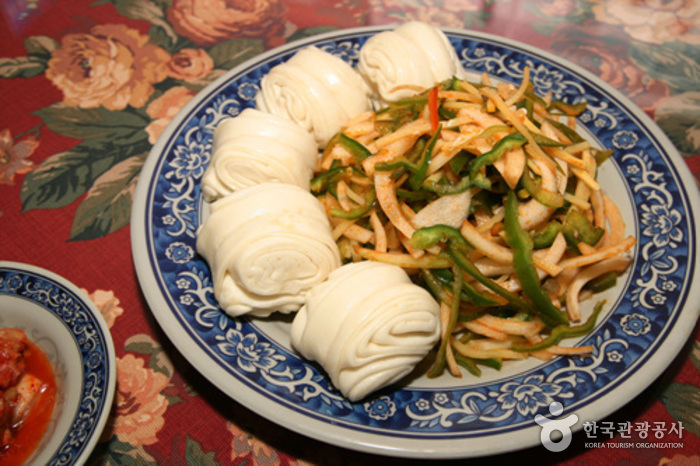
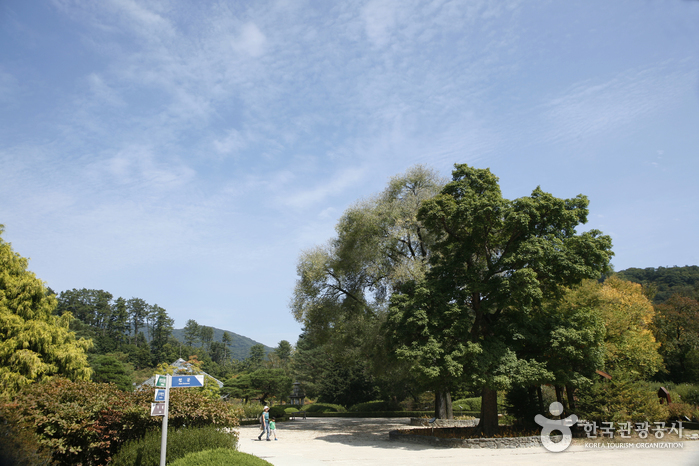
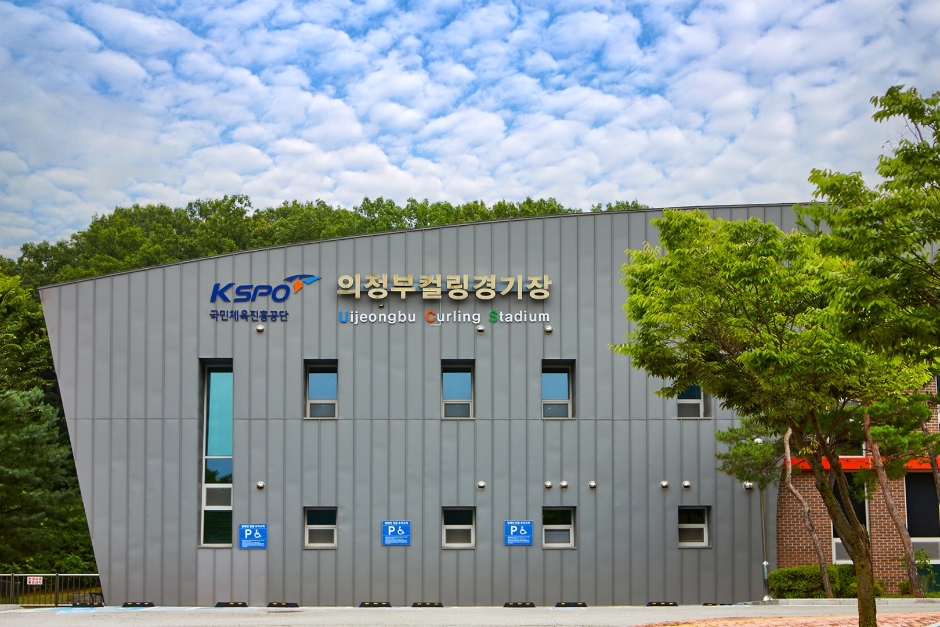
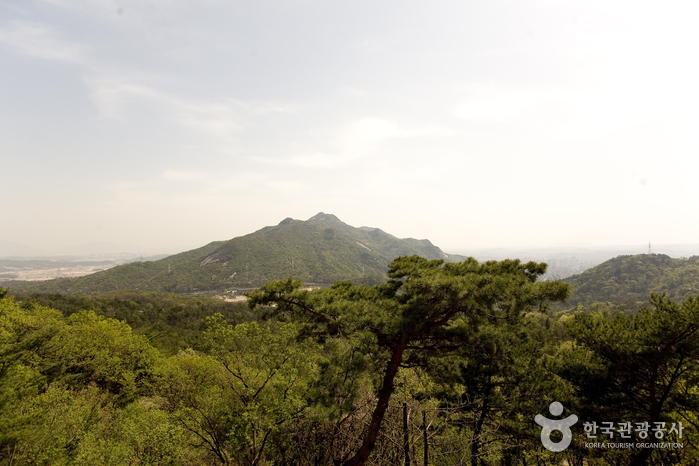
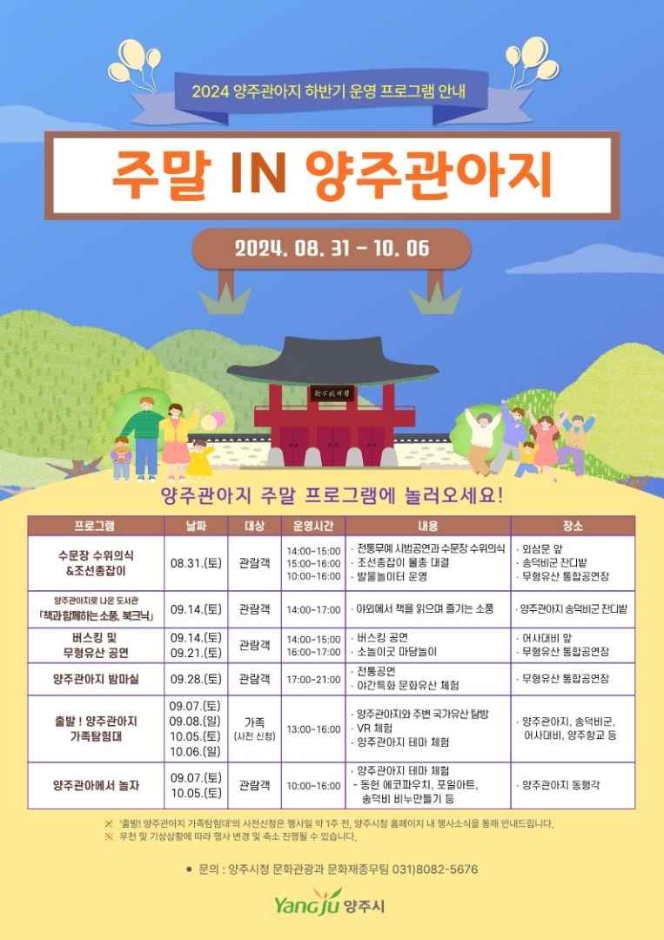
![Gwangneung Royal Tomb [UNESCO World Heritage] (남양주 광릉(세조, 정희왕후) [유네스코 세계문화유산])](http://tong.visitkorea.or.kr/cms/resource/79/2364479_image2_1.jpg)
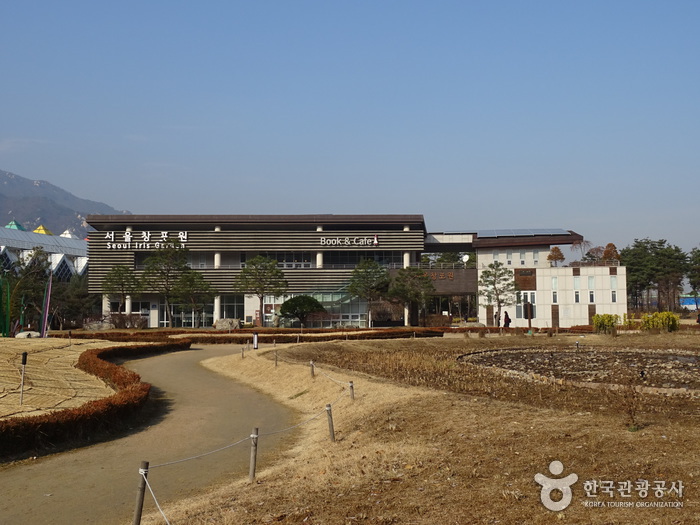

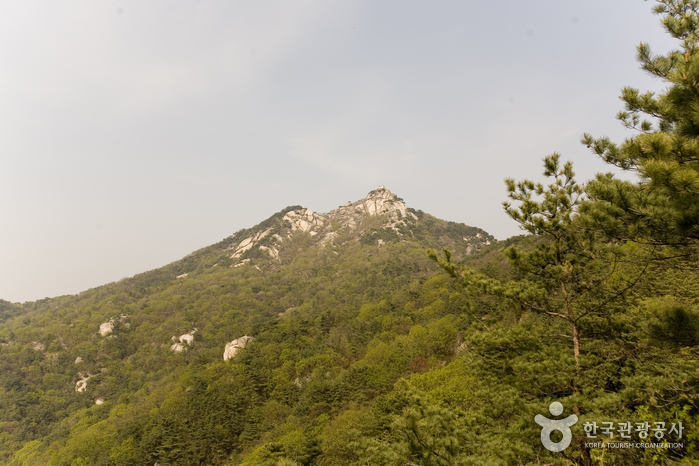
 English
English
 한국어
한국어 日本語
日本語 中文(简体)
中文(简体) Deutsch
Deutsch Français
Français Español
Español Русский
Русский